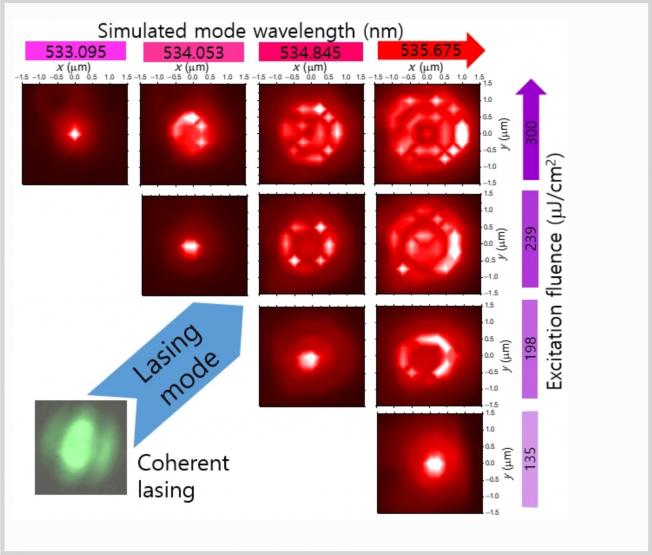Spectroscopy: Gain Spectroscopy of Solution‐Based Semiconductor Nanocrystals in Tunable Optical Microcavities (Advanced Optical Materials 2/2016)
Advanced Optical Materials Wiley 4:2 (2016) 187-187
Observation of a Biexciton Wigner Molecule by Fractional Optical Aharonov-Bohm Oscillations in a Single Quantum Ring
Nano Letters American Chemical Society (ACS) 16:1 (2016) 27-33
Plasmonic gas sensing using nanocube patch antennas
Advanced Optical Materials Wiley 4:4 (2016) 634-642
Abstract:
The ability of individual nanocube patch antennas, consisting of a silver nanocube separated from an Ag sheet by a thin fluoropolymer spacer, to act as subwavelength sensing elements is demonstrated. An increase in relative humidity (RH) causes the spacer to expand, which alters the resonance of the plasmon cavity mode formed between the cube and the sheet. Using bottom-up fabrication techniques, sensitivities up to 0.57 nm/% RH are recorded, and a resolution of better than 1% RH achieved with a rapid response time, making this the most effective single nanoparticle plasmonic humidity sensor to date. Finite-difference time–domain simulations are conducted to understand the effects of particle geometry on the sensitivity. This platform could be utilized to detect a variety of gases with an appropriate choice of spacer material, and could be scaled up to create a large-area metamaterial sensor, or used as a subwavelength sensing element with the potential for integration into plasmonic circuitry.Barrier engineering of a photonic molecule in a photonic crystal waveguide
Optics InfoBase Conference Papers (2016)
Abstract:
We experimentally demonstrate fine tuning of the mode splitting of a photonic molecule based on a local perturbation of a photonic crystal waveguide and propose a scheme to achieve parity exchange of the ground state.Gain Spectroscopy and Tunable Single Mode Lasing of Solution-Based Quantum Dots and Nanoplatelets Using Tunable Open Microcavities
Optics InfoBase Conference Papers (2016)



